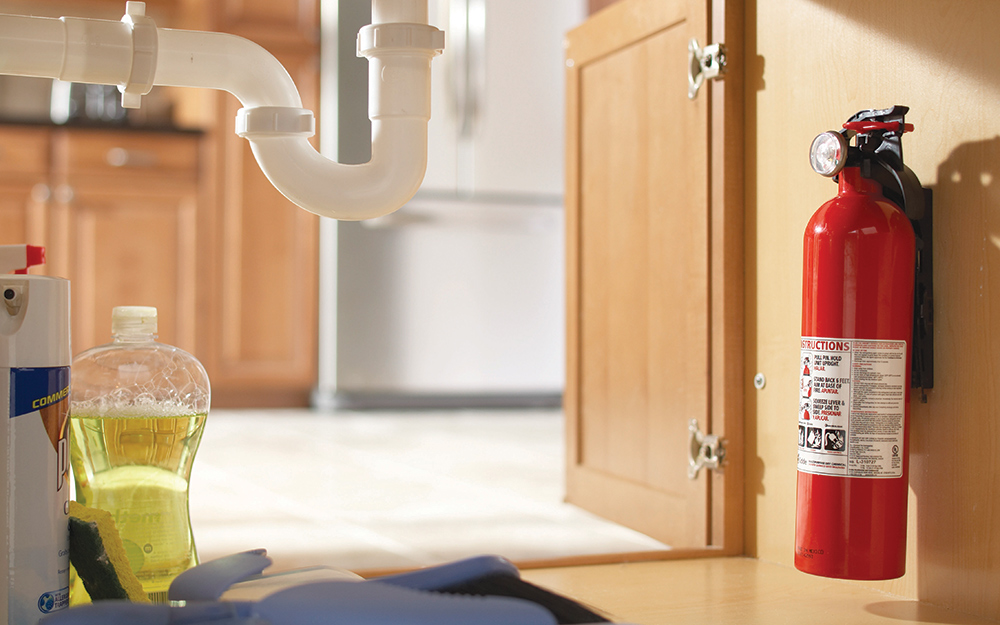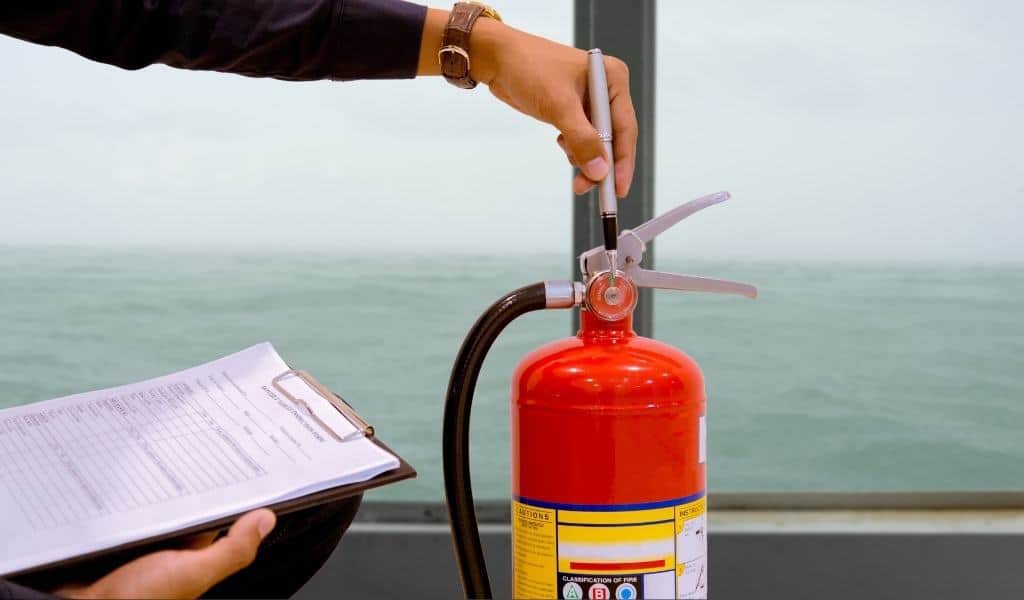Fire extinguishers are essential safety devices that play a crucial role in protecting lives and property during fire emergencies. To guarantee that they will function properly when needed, they must undergo routine maintenance, just like any other piece of safety gear.
Maintaining the safety of any facility during an emergency requires regular maintenance of fire extinguishers, which may be accomplished by equipment maintenance and fire safety inspections. A responsible person can do certain inspections on-site, but many inspections need to be carried out by a trained technician.
It’s important to understand the many kinds of fire extinguishing services available, as they will vary slightly if you own CO2 fire extinguishers. Find out when your fire extinguishers need to be serviced and what is involved in each service. We’ve included all the information you require to test fire extinguishers below.
Regular Visual Inspections Of Fire Extinguishers
Like other fire safety equipment, your fire extinguishers need to be inspected once a month. Unlike a full-service, this can be visually examined to ensure that all parts are still present and functioning properly.
These monthly inspections apply to all kinds of extinguishers, whether they are Water, CO2, Foam, Wet Chemical or Powder extinguishers. Visual checks are quick and easy; all you need to do is make sure someone responsible looks at the seal, pressure gauge, and head cap pin to make sure they haven’t been tampered with.
To ensure that someone can operate it in an emergency, you may also check to see if it is still fastened to the wall bracket and that the instructions are still readable.
Basic Fire Extinguisher Service
A basic service needs to happen once per year which building managers or wonders need to book and arrange under the BS 5036-6 regulation. Since a malfunctioning fire extinguisher might result in fatalities, this service is more thorough than your monthly checks and is typically performed by a technician with professional accreditation.
During annual inspections, experts typically replace the fire extinguisher’s components and perform a more thorough inspection of every one of them. Even though fire extinguishers age, replacing these parts keeps them functional and ready for use in an emergency.
Extended Fire Extinguisher Service
Technicians will once more be required to carry out an extended fire extinguisher service. Since these inspections are more thorough than yearly and monthly ones, they must be performed every five years. All types of extinguishers, such as Water, Foam, Powder or Wet Chemical, are serviced in the same way during these kinds of inspections, except for CO2.
Everything in the basic services will be covered and then the technician will discharge the fire extinguisher. They will look at the distance and pattern of the fire suppressant material, to make sure it is up to current standards. This lets you know that your fire extinguisher would perform well and efficiently in a real emergency.
How CO2 Fire Extinguishers Are Serviced
The CO2 fire extinguisher is a separate animal altogether from the other types. Many types of businesses like these extinguishers because they have a significantly higher pressure and only require full servicing every ten years.
When the time does come around to service your CO2 extinguisher, which is called an overhaul, it often needs to be sent to an accredited service centre to be looked over and parts replaced and fixed, if necessary.
What Is Involved in a Fire Extinguisher Servicing?
Every component of the fire extinguisher, including the gauges and valves, will be inspected by a professional to ensure that it is undamaged and in good operating order. Extinguishers will also be inspected for corrosion, as they are susceptible to it. Technicians can determine whether there is a problem by weighing it and determining if it falls within the required range.
After each of these tasks has been performed, you will be given a certificate of inspection, proving that the fire extinguisher has been serviced and is up to all regulations and standards that need to be adhered to.
When Should You Replace an Old Fire Extinguisher?
It takes a few years for fire extinguishers to lose their safety and fail a fire risk assessment, even with regular maintenance. As time goes on, defective or subpar parts will be replaced during inspections, making it increasingly difficult to find these parts for earlier models.
Either the fire extinguisher fails an inspection with a fault that can’t be repaired, or more often than not, the older models of extinguisher become outdated. This is because the parts older models need will no longer be available or they will be harder to come by and replacing the parts will not be economically viable anymore. Some technicians will recommend a new fire extinguisher every 5 years if the type of fire extinguisher is cheaper to re-buy than complete the full service.
Final Thoughts
Maintaining fire extinguishers’ dependability and emergency performance requires routine maintenance and inspections. Your fire extinguishers will be ready when you need them most if you adhere to a regular plan of monthly visual inspections, yearly expert servicing, and extended fire extinguisher servicing.
If you’re unsure about the condition or maintenance history of your fire extinguishers, it’s always a good idea to consult with a certified fire safety professional. Feel free to reach out to us with any other questions or queries. Safety is most important, and well-maintained fire extinguishers are an essential part of any comprehensive fire protection plan.
Stay safe!

 Cart is empty
Cart is empty 





















